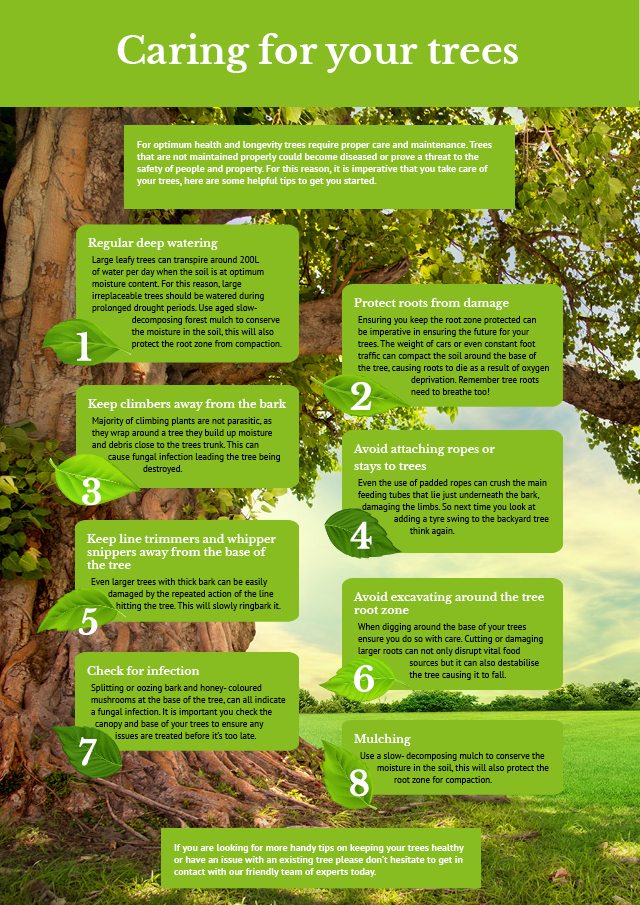Understanding The Ecological Consequences Of Tree Elimination: Vital Details For You
Understanding The Ecological Consequences Of Tree Elimination: Vital Details For You
Blog Article
Write-Up Writer-Ashworth Kay
When it pertains to the environmental impact of tree removal, there are important facets that demand your attention. From the complex web of partnerships within ecological communities to the subsequent impacts on environment patterns, the consequences are profound. You might be surprised to discover the elaborate ways in which the removal of trees can reverberate throughout the atmosphere. Stay tuned to unravel the detailed links and implications of this apparently uncomplicated act.
Logging and Environment Loss
Logging and habitat loss are critical concerns coming from tree elimination. When trees are lowered, it interferes with entire ecological communities. Not just are the trees themselves lost, however the homes and food sources of countless plant and pet varieties are destroyed also. Birds shed their nesting websites, mammals shed their shelter, and bugs lose their habitats. The effects ripple with the food cycle, affecting predators and prey alike.
Furthermore, deforestation adds to climate adjustment. Trees play a critical duty in absorbing carbon dioxide, a greenhouse gas that catches warm in the atmosphere. With fewer trees, there's less co2 absorption, bring about increased levels of this gas in the ambience and aggravating global warming.
Environment loss is a direct outcome of deforestation, as the devastation of forests suggests the loss of unique and varied environments. Numerous varieties are incapable to adapt to quick adjustments in their setting, causing population decreases and, in some cases, termination.
Protecting woodlands is important to keeping the fragile equilibrium of nature and making sure the survival of many plant and animal species.
Impact on Biodiversity
The removal of trees has a significant effect on biodiversity, influencing the range and abundance of plant and pet varieties in an area. Trees supply habitat and food resources for numerous organisms, from bugs to birds to mammals. When https://www.realhomes.com/advice/garden-design are removed, these types shed their homes and resources of sustenance, leading to a decrease in their populations. This interruption can have plunging impacts on the entire ecosystem.
Moreover, trees play a critical duty in keeping biodiversity by producing microhabitats within their canopies, trunks, and roots that support a large range of species. When trees are cut down, these specialized environments are ruined, reducing the total variety of the area.
In addition, the elimination of trees can result in a decline in genetic diversity within plant populations, as particular tree varieties might no more have the ability to duplicate or spread successfully. Protecting trees and forests is essential for protecting biodiversity and making sure the wellness of ecosystems for future generations.
Dirt Disintegration and Climate Adjustment
With trees being removed from a location, the disturbance of dirt structure and security occurs, causing enhanced dirt disintegration. Trees play a crucial function in avoiding disintegration by holding dirt in place with their origin systems. When trees are removed, especially in large numbers, the soil becomes a lot more susceptible to erosion from wind and water. This disintegration not only influences the prompt environments however can also bring about sedimentation in neighboring water bodies, influencing water quality and marine ecosystems.
Moreover, trees aid manage the climate by taking in carbon dioxide throughout photosynthesis. When trees are reduced, this all-natural carbon sink is diminished, contributing to raised degrees of greenhouse gases in the atmosphere. This can exacerbate climate modification, bring about more extreme weather events and interruptions in environments worldwide.
As a result, the elimination of trees not only increases dirt erosion yet also plays a role in the larger environmental problem of environment change. It's vital to consider these elements when analyzing the effects of tree elimination on the setting.
Conclusion
Since you recognize the ecological influence of tree elimination, think about the effects before reducing trees. Deforestation disrupts ecosystems, reduces biodiversity, and contributes to dirt erosion and environment modification. By bearing in mind the influence of tree removal, you can assist protect our atmosphere and maintain the fragile balance of nature. Make informed selections and think about alternative solutions to reduce the negative results on our earth.
